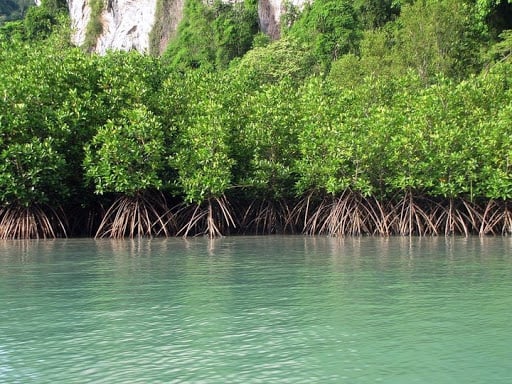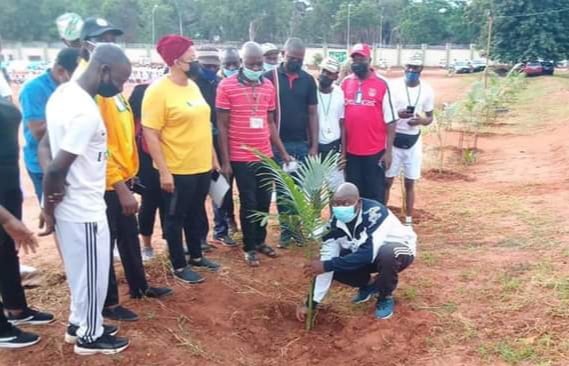
As delegates and government leaders arrived at the Hangar Convention and Fair Centre in Belém, Brazil, for the opening of the 30th UN Climate Change Conference (COP30), the pressing need to address and adapt to a warming planet took centre stage.
The two-week summit, which began on Monday and runs until November 21, will focus on how countries can turn climate pledges into tangible action.
Dubbed the ‘Implementation COP’, this year’s gathering marks a decade since countries adopted the landmark Paris Agreement aimed at limiting global temperature rise to 1.5°C.
Advertisement
Taking place in the heart of the Amazon rainforest, COP30 is symbolic, as it draws attention to forest protection, biodiversity, and the plight of vulnerable communities facing worsening climate impacts.
In his opening remarks, Mukhtar Babayev, COP29 president, urged parties to deliver on climate adaptation finance pledges that are due this year.
He reflected on the challenges and progress made at last year’s COP, where countries agreed on the Baku Climate Finance Goal to guide global support for developing nations over the next decade.
Advertisement
Babayev described the deal as a “make-or-break moment” for the Paris Agreement, warning that failure to deliver on the new goal would “undermine the entire process” and leave vulnerable communities “underfunded and unprotected”.
He emphasised that developed countries must double adaptation finance by the end of 2025, triple contributions to UN climate funds by 2030, and deliver $300 billion by 2035 as part of their fair share under the Baku-to-Belém roadmap.
“Public finance is the backbone of the Baku finance goal. There can be no distraction from donors’ duties to deliver,” Babayev said.
Handing over the gavel to André Corrêa do Lago, Brazil’s COP30 president, Babayev said the new phase of the climate process must be defined by implementation rather than negotiation.
Advertisement
“This is a new era. A decade that demands delivery, not debate,” he said.
In his opening address, Simon Stiell, executive secretary of the UN Framework Convention on Climate Change (UNFCCC), said adaptation must now move from rhetoric to measurable action through clear indicators that can track global progress.
“We have already agreed on a global goal on adaptation. We now need to agree on the indicators that will help speed up implementation and unleash its potential,” he said.
Negotiators at COP30 are expected to narrow down the global goal on adaptation (GGA) to about 100 measurable indicators — a key outcome that will determine how countries report and assess adaptation progress in the years ahead.
Advertisement
Stiell noted that while global emissions are beginning to decline, “the pace of change remains far too slow to avert climate catastrophe.”
He urged countries to act faster on both cutting emissions and strengthening resilience, adding that “lamenting is not a strategy”.
Advertisement
The UN climate called on countries to use COP30 to turn commitments into results, scale up finance for developing nations, and ensure a just and orderly transition away from fossil fuels.
“We’ve already agreed to deliver at least $300 billion in climate finance, with developed countries taking the lead,” Stiell said.
Advertisement
“Now we must move towards the $1.3 trillion target and put the Baku-to-Belém roadmap to work.”
Across the world, the impacts of climate change are intensifying, from flooding in Nigeria to Hurricane Melissa in Jamaica, exposing the urgent need for climate adaptation.
Advertisement
Developing nations, particularly in Africa and small island states, continue to bear the brunt of climate-induced losses despite contributing the least to global emissions.
At the second Africa Climate Summit held earlier this year in Addis Ababa, Ethiopia, African leaders reaffirmed adaptation as the continent’s top priority, stressing that climate resilience must go hand-in-hand with sustainable development.
As negotiations in Belém begin, COP30 will test whether parties can deliver on adaptation finance to help vulnerable communities adapt to the impact of climate change.
See photos below:
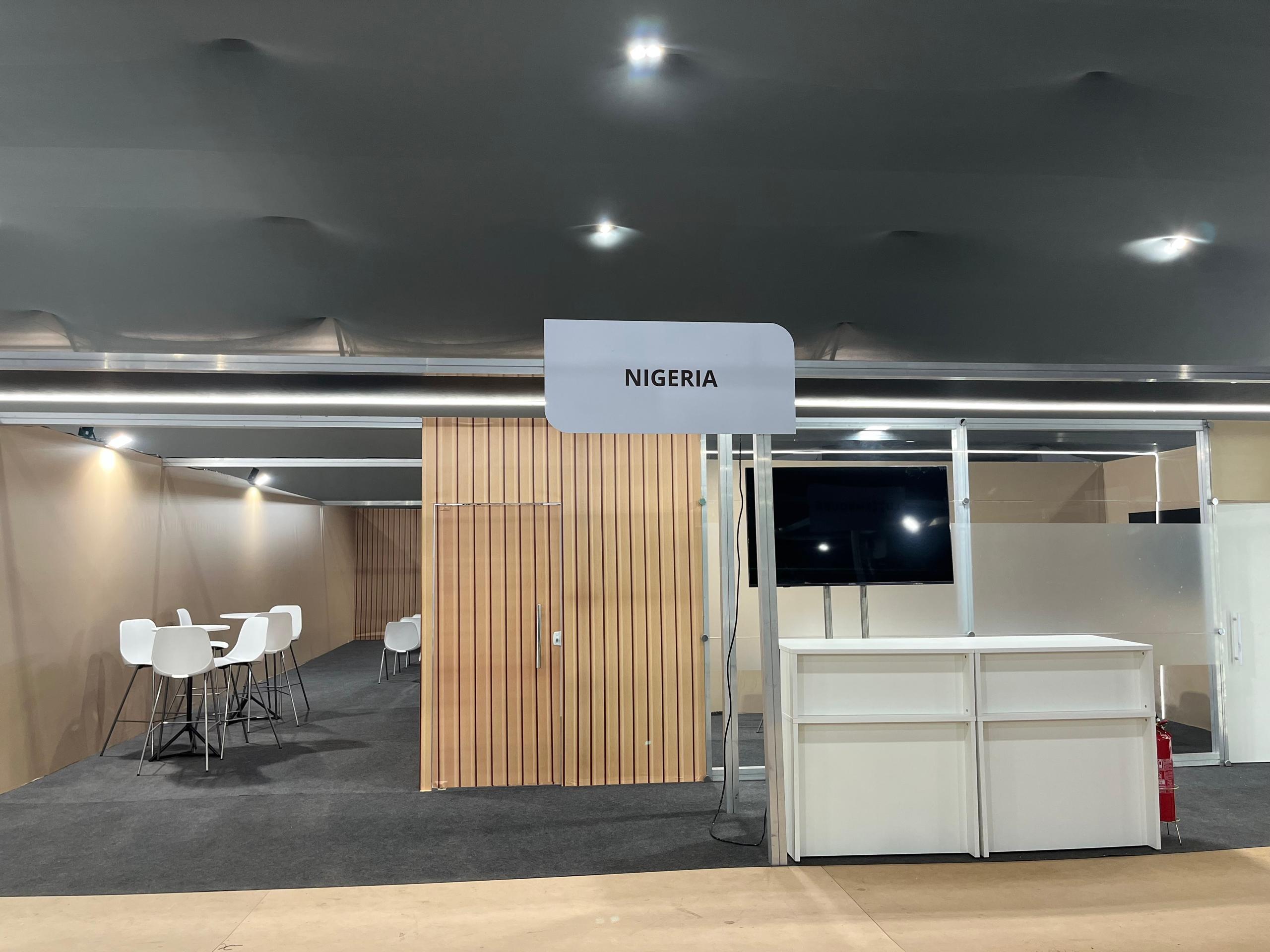
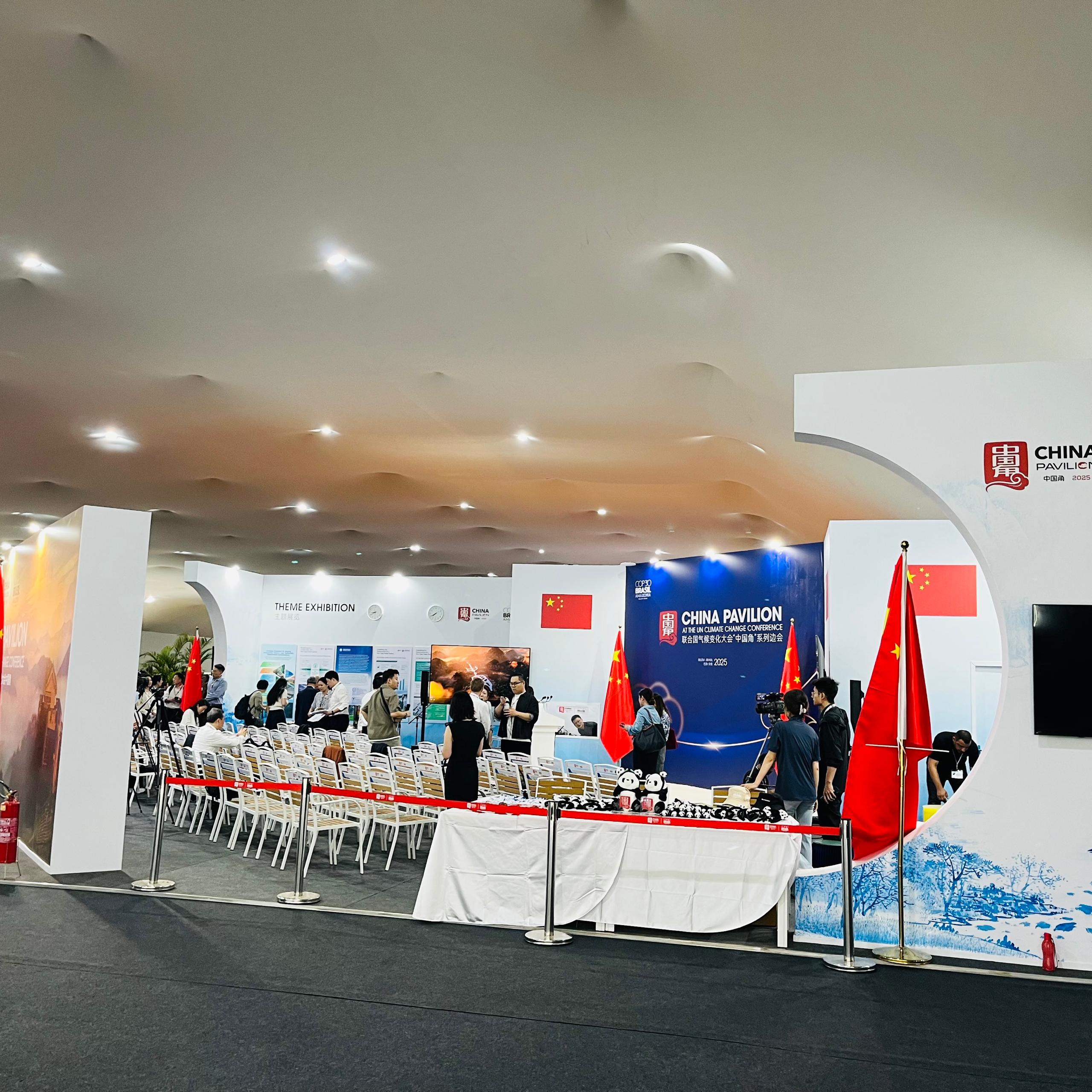

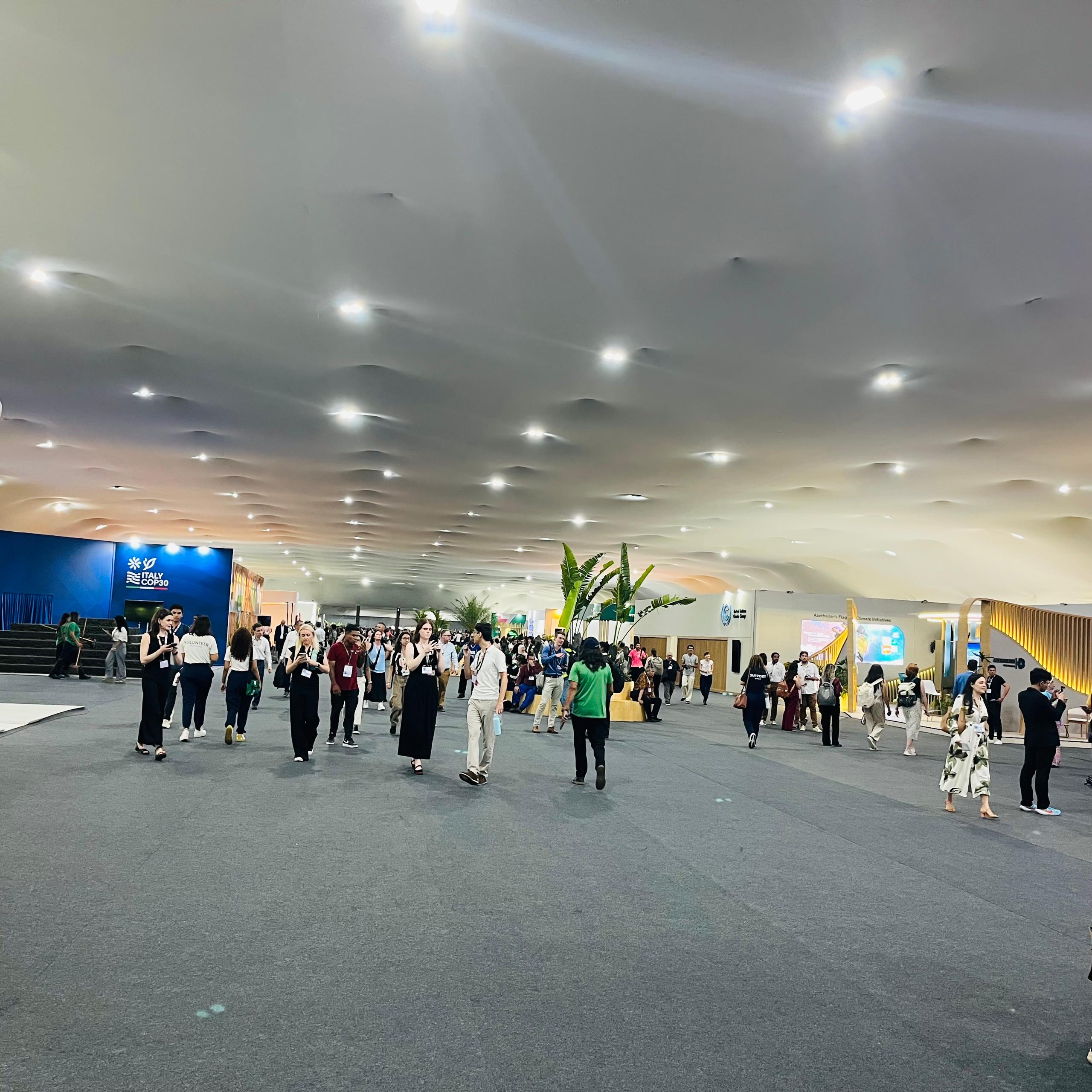
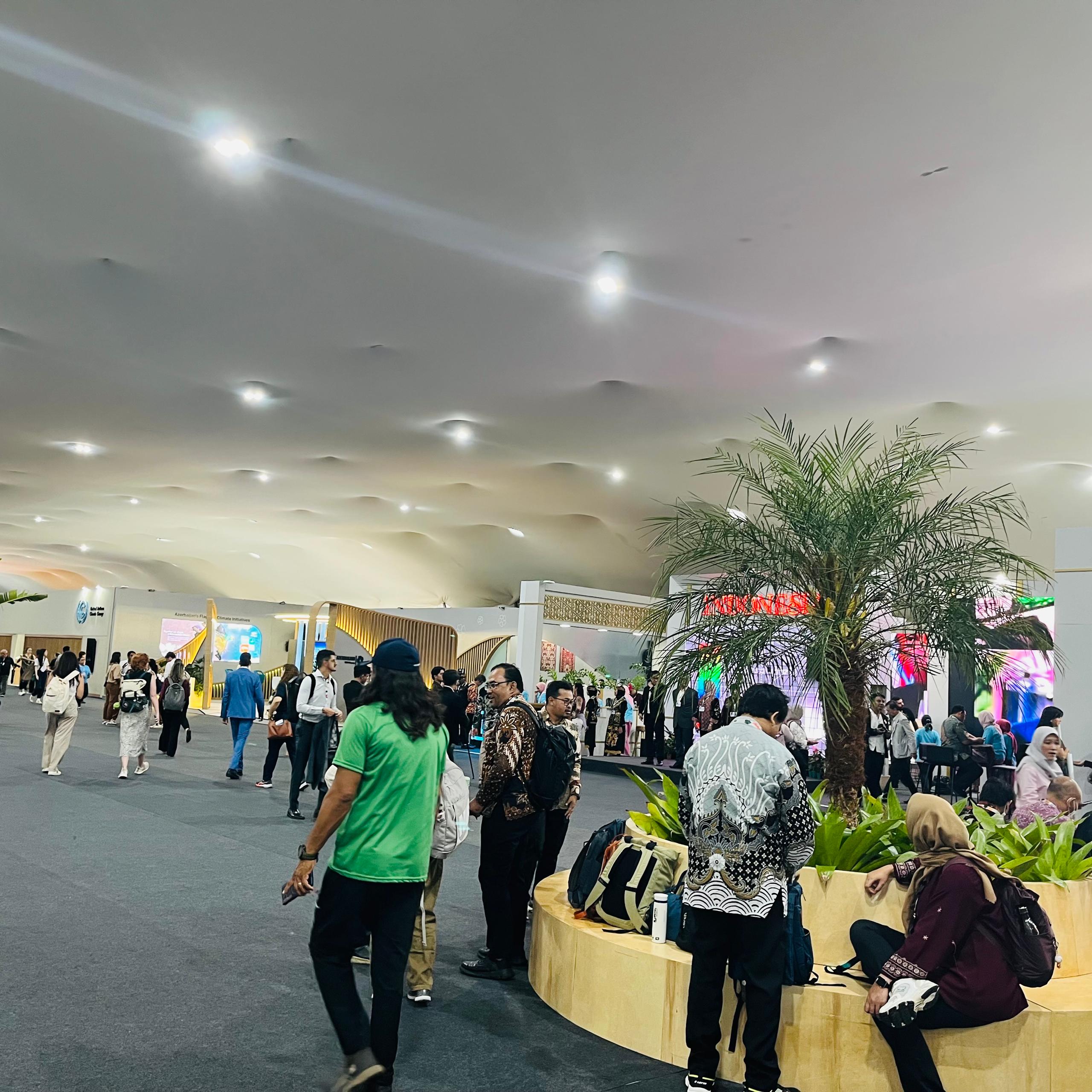
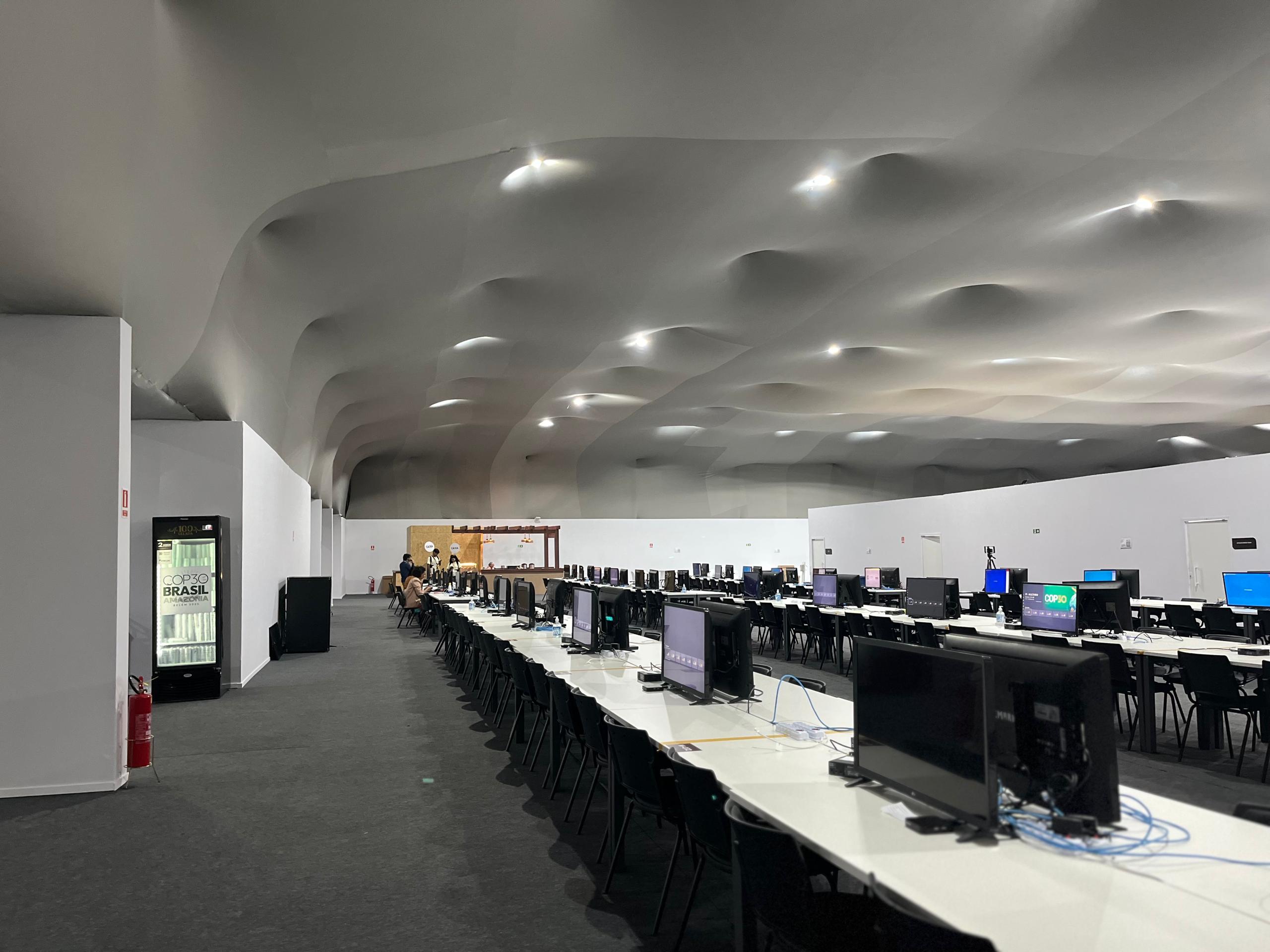



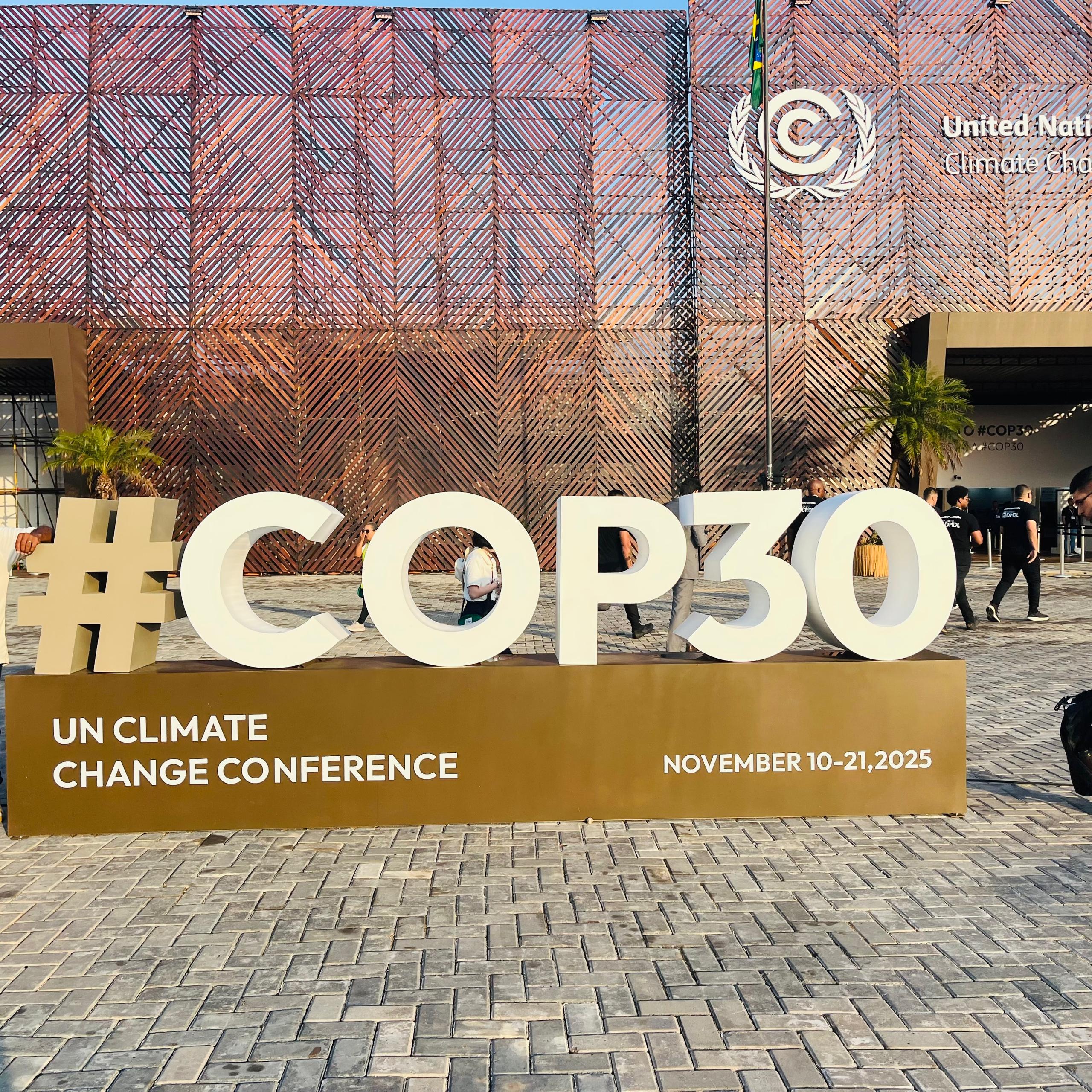

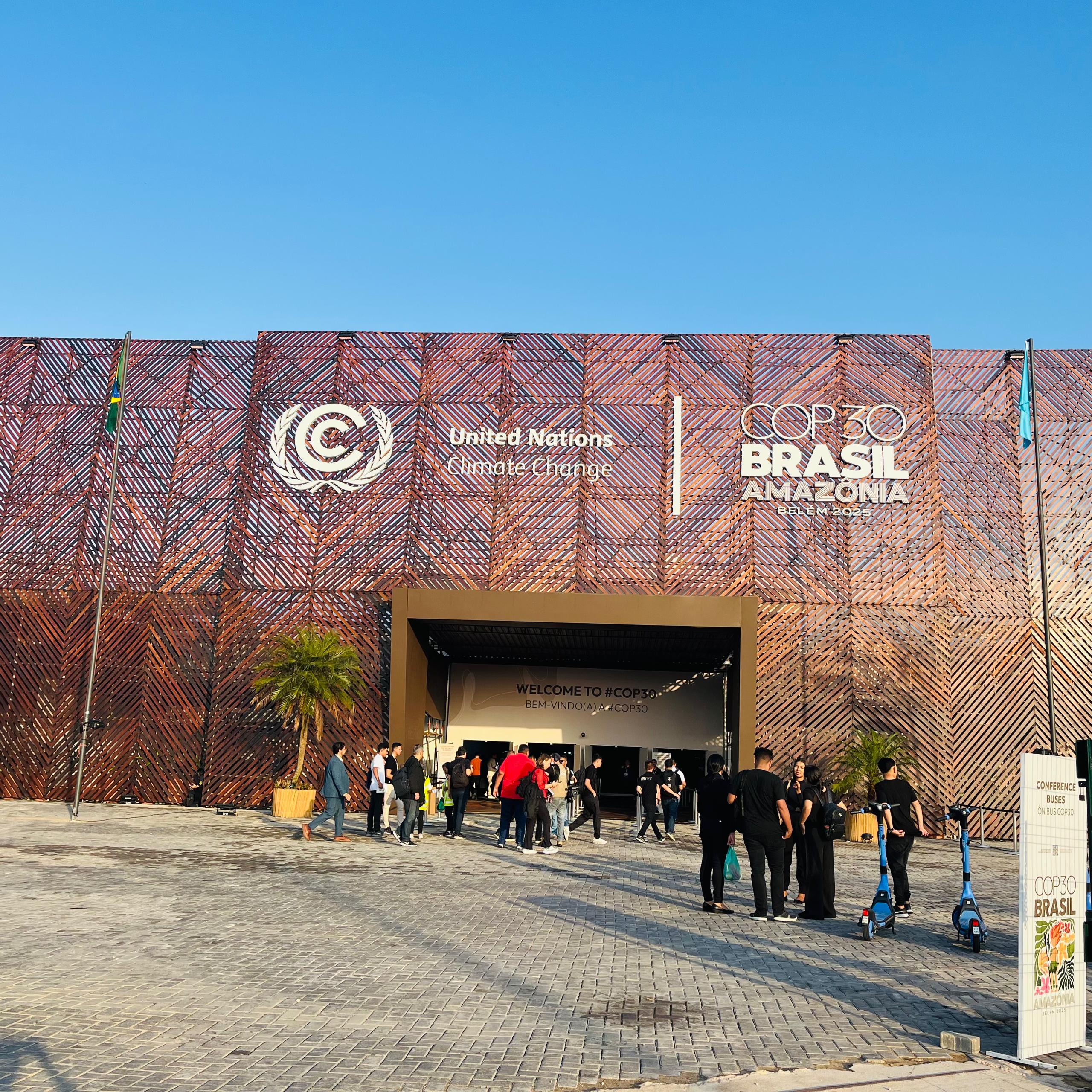
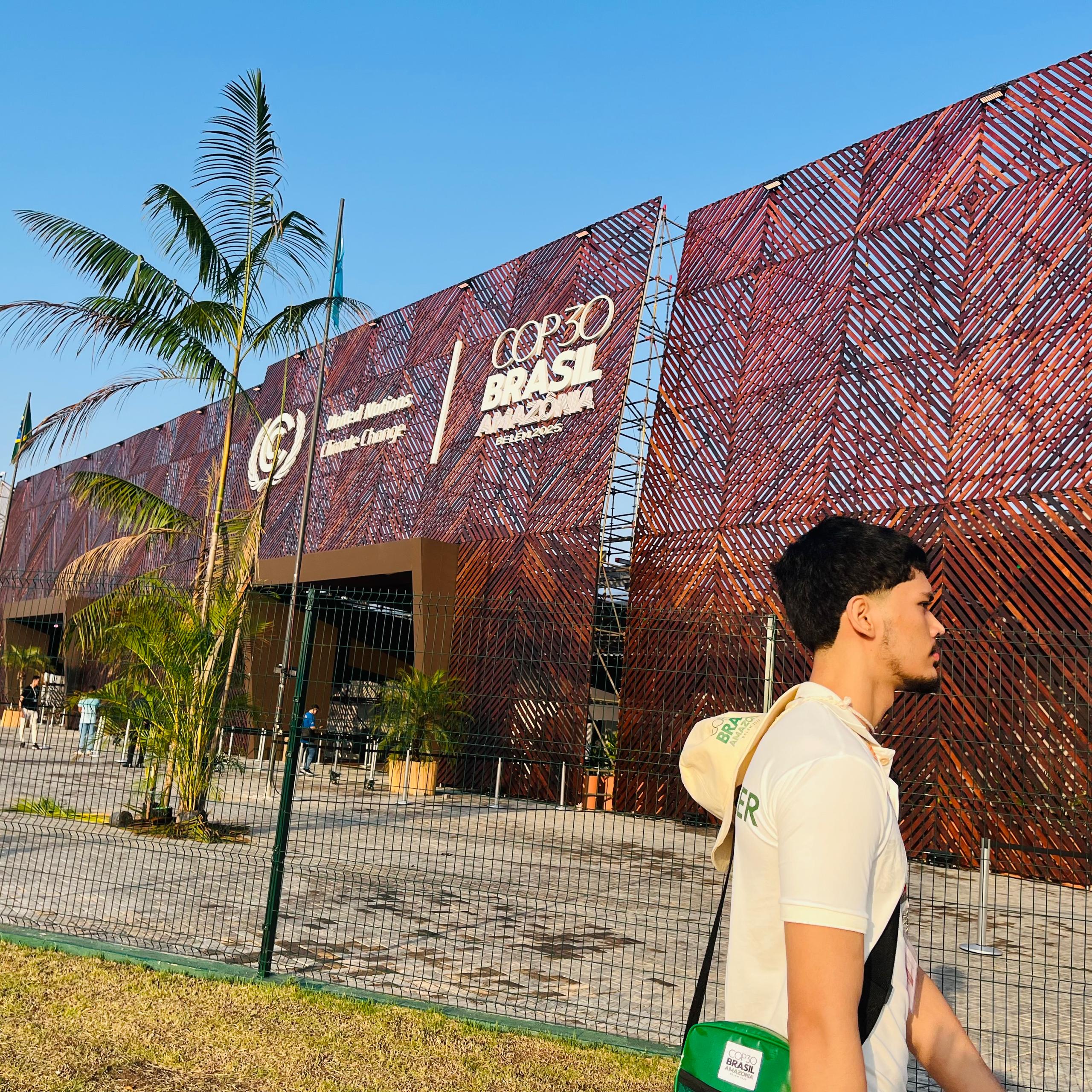


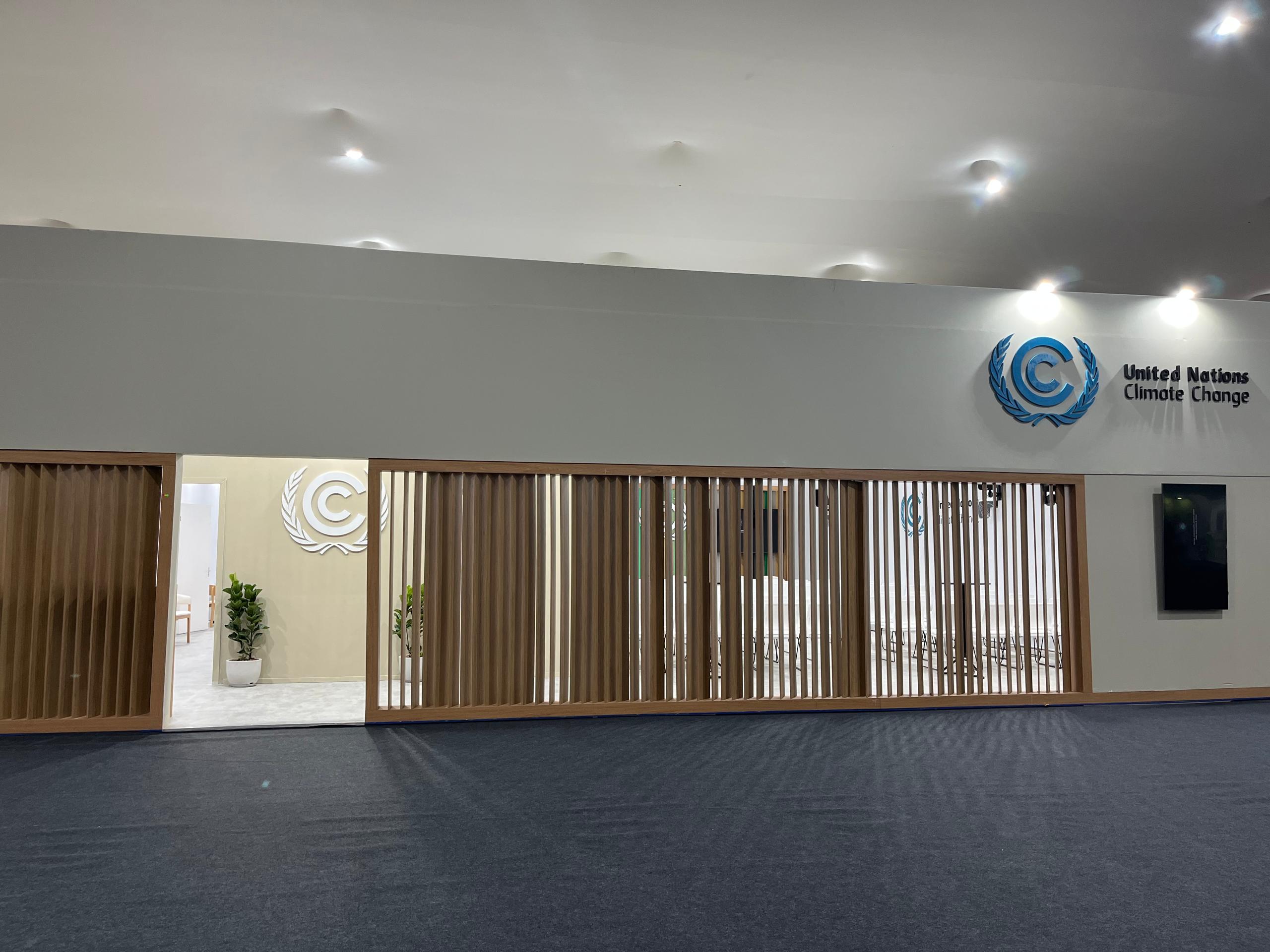

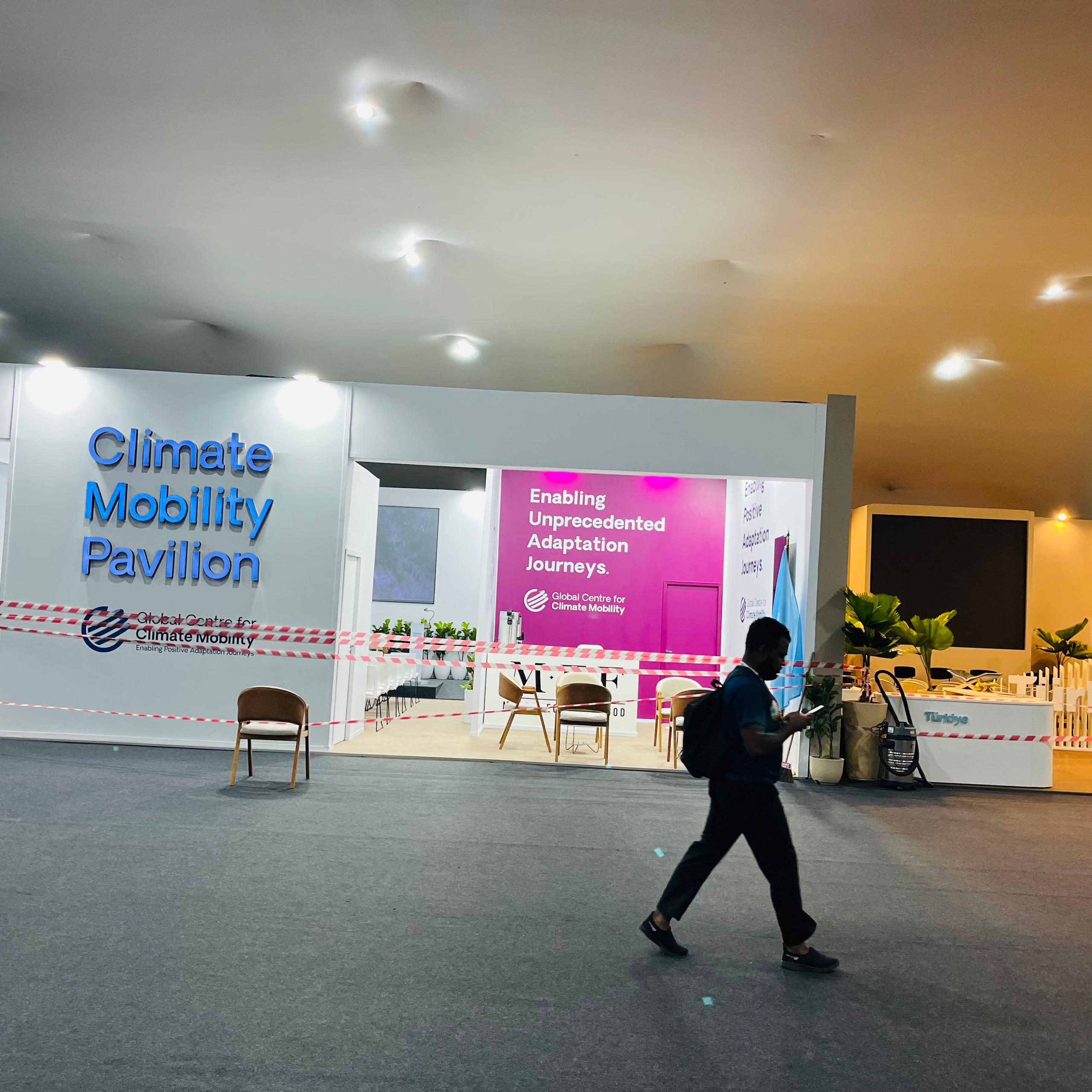


______________________________________________________________________________
This story was produced with support from Sahara Group.

